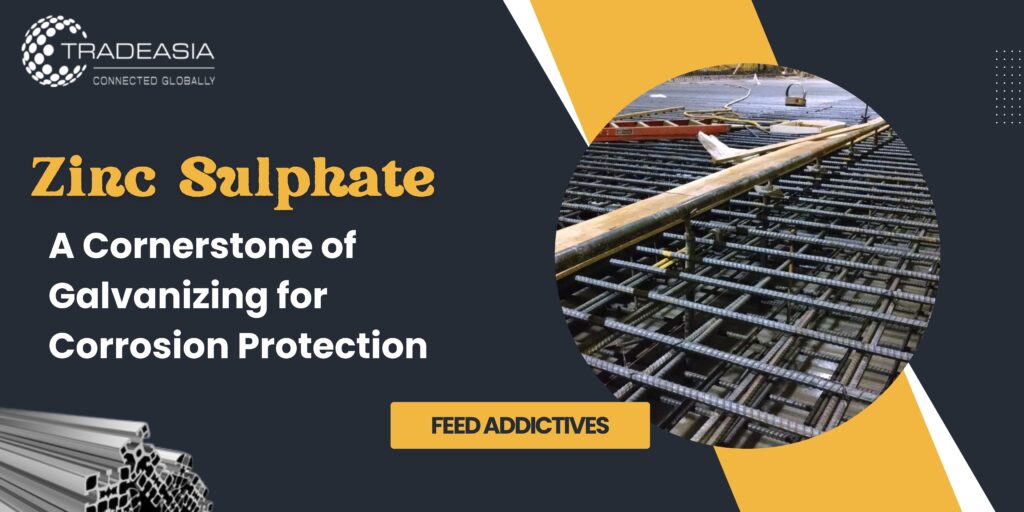
In the world of corrosion protection, zinc has long been hailed as a knight in shining armor. When it comes to safeguarding steel and iron structures against the relentless forces of rust and decay, zinc sulfate emerges as a cornerstone of galvanizing. This article delves into the essential role played by zinc sulfate in galvanization, the process that shields metal structures and equipment from the ever-persistent threat of corrosion.
The Battle Against Corrosion
Corrosion is an ever-present adversary, silently gnawing away at the integrity of metal structures, equipment, and infrastructure. To combat this relentless foe, the world turns to galvanization, a time-tested technique that employs zinc sulfate as a primary weapon.
Galvanizing process
Galvanizing is the process of coating steel or iron with a protective layer of zinc to prevent corrosion. This technique includes the following main steps:
- Surface preparation: The metal surface is meticulously cleaned to remove any impurities such as rust, dirt or grease.
- Zinc sulfate bath: The prepared metal is immersed in a bath of zinc sulfate solution.This solution contains zinc sulfate, zinc oxide and various proprietary additives.
- Formation of zinc coating: When metal is immersed in a zinc sulfate bath, a chemical reaction occurs, resulting in the formation of a zinc-iron alloy coating.
- Drying and Inspection: The coated metal is then dried and inspected to ensure the uniformity and quality of the zinc coating.
The Role of Zinc Sulfate
Zinc sulfate is at the heart of the galvanization process:
- Catalyst: It acts as a catalyst in the chemical reaction between the steel or iron substrate and the zinc sulfate bath. This reaction is essential for the formation of the protective zinc coating.
- Corrosion Resistance: Zinc sulfate-coated surfaces exhibit exceptional corrosion resistance.
This protective layer effectively shields the underlying metal from the corrosive effects of moisture, oxygen, and environmental contaminants. - Lifespan: Galvanized structures have a significantly extended lifespan, making them a cost-effective choice for construction and infrastructure projects.
- Sustainability: Galvanizing is an environmentally friendly choice because it minimizes the need for regular maintenance and replacement, thereby reducing overall resource consumption.
Applications and impacts Applications of galvanized steel and iron are very common:
- Construction: Galvanized steel is used in construction projects, bridges, roads and infrastructure projects floor.
- Shipping: Galvanized parts are found in automobiles, ships and railways.
- Utilities: Electric poles, transmission towers and water treatment facilities often have galvanized construction.
- Outdoor equipment: Playgrounds, fences, light poles are protected by electroplating.
- Agriculture: Agricultural equipment, such as tractors and silos, benefit from galvanized parts.
Future challenges and innovations
Although electroplating is a proven technique, it is not without challenges. The industry continually seeks innovations in plating processes to improve efficiency and environmental sustainability.
Conclusion
The central role of zinc sulfate in electroplating remains irrefutable. It’s more than just a protective coating; it is an anti-corrosion shield that ensures the longevity and reliability of countless metal structures around the world. As electroplating continues to develop and improve, zinc sulfate will become the cornerstone of corrosion protection, protecting the foundation of modern infrastructure and industry. If you are interested to our products for your specific business needs, please do not hesitate to contact us.
